$100,000 H-1B Fee: Big Change for Indian Techies
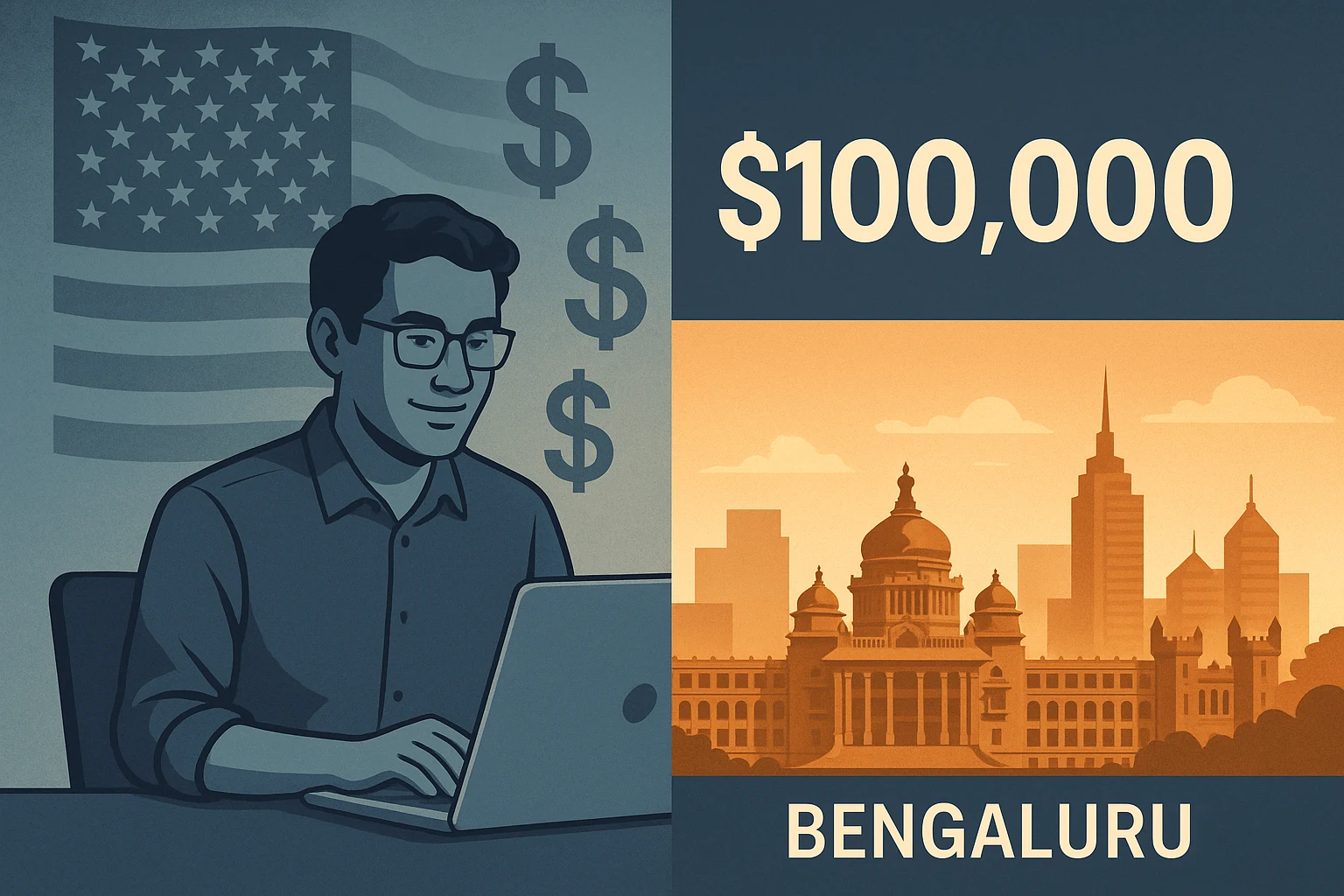
For many Indian tech professionals, the H-1B visa has been a gateway to opportunity in the US—better pay, global exposure, and career growth. But on 19 September 2025, President Donald Trump signed a proclamation introducing a $100,000 annual fee for new H-1B visa applications. With Indians accounting for ~71% of approved H-1B visas last year, this change could upend many plans. Supporters say the move protects American workers; critics warn of huge disruption. When such big changes happen, it's smart to look at both sides—and think about how India could turn the challenge into a chance.
What Exactly Is the New Change?
- The US has announced that starting September 21, 2025, new H-1B visa petitions filed by or for people outside the US will carry a $100,000 fee. This is substantially more than current fees.
- A senior US official clarified that existing H-1B visa holders will not be subject to this fee, not for renewals or transfers for those already in the US.
- India has expressed “serious concern” over possible disruptions for families of affected professionals. Trade bodies like Nasscom are also studying the implications
Supporters’ Arguments: Why Some Back the Move
- Protecting US Workers & Wages
Supporters argue the H-1B program has sometimes been used to hire cheaper foreign labour at the expense of domestic workers. A high fee may discourage misuse and force companies to train local talent.
- Ensuring Only Highly Skilled Applicants
With a steep fee, only companies that really need specialised skills may apply, reducing low-skilled or marginal use of H-1B slots.
- Revenue & Immigration Oversight
The US government could use the fee not only as a deterrent but also to generate revenue and have more regulatory supervision over the program.
Critics’ Concerns: What Could Go Wrong
- Barrier for Smaller Employers and Early-Career Workers
Startups, small firms, or companies that hire entry-level foreign workers may be unable to afford such a fee. Many early-career Indian professionals may be left out.
- Disruption to Families & Ongoing Plans
Professionals currently outside the US, or those with dependents, may face forced decisions. Returning before the deadline or paying unexpectedly large sums could be difficult.
- Risk to the US Tech Sector & Innovation
Many US tech companies, especially those relying on global talent, fear loss of competitiveness, delays in filling talent gaps, and possible offshoring or loss of innovation momentum.
- Legality & Practical Issues
Some legal experts believe that such large fees might be challenged in court. Also, implementation details (how the fee is collected, what exceptions exist) are not fully clear.
Why Indians Move to the US Using H-1B
To understand the impact, it helps to see why many choose the US via H-1B:
- Higher Salaries & Better Pay Differentials — Even after costs, salaries are often many times what comparable roles in India pay.
- Skill Growth, Exposure, Global Projects — Working with leading tech companies, access to cutting-edge projects, research, and cross-border teams.
- Career Progression and Stability — Many see working in the US as a chance to build strong credentials, rise in tech hierarchies, and gain international experience.
- Long-term mobility — Access to Green Cards, longer stays, better social infrastructure (education, healthcare) and opportunities for dependents.
What Could India Change to Encourage Talent to Stay
Rather than seeing this change purely as a loss, India has ways to strengthen its own tech ecosystem so more people stay:
- Raise Salaries & Offer Competitive Packages
Top Indian companies and startups may need to offer higher pay or equity, better benefits, and remote flexibility to match some parts of what people expect abroad.
- Improve Research, R&D, and Innovation Infrastructure
Build more research labs, innovation hubs, and startup incubators. Government incentives, grants, and collaboration with universities to generate more high-end technical work domestically.
- Enhance Legal & Immigration Options in Other Countries
Strengthen ties with Canada, Australia, the UK, EU, which may have more favourable visa norms. Diversify pathways so that not all talent aims only for the US.
- Skill Upgradation, Domain Specialisation
Encourage specialisation in areas where demand is global (AI, ML, data science, biotech, cybersecurity). Focus on high-skilled talent so India becomes a global provider rather than just an exporter.
- Improve Work Culture & Quality of Life
Address issues that push people abroad: commuting, infrastructure, education, and healthcare. If the quality of living improves, fewer may feel forced to move.
- Policy & Government Support
The government could provide incentives: tax breaks, startup grants, and schemes encouraging tech innovation. Possibly special visa or remittance schemes for overseas professionals investing or returning.
Impacts Already Showing & What to Watch
- Companies like JPMorgan are advising H-1B holders who are currently outside the US to return before the new fee applies.
- The Indian government is studying “humanitarian consequences” and exploring diplomatic channels.
- Industry bodies like Nasscom are alarmed about sudden implementation deadlines, cost burdens, especially for smaller firms.
Conclusion
The $100,000 H-1B fee introduced by the US is a major shift—one that could reshape careers, tech industry practices, and migration flow. For many Indians, it means plans may need to change. But it also reveals opportunity: India has the chance to enhance its own ecosystem so that talent sees value in staying. By boosting pay, improving infrastructure, enabling innovation and offering strong policy support, India can turn this challenge into progress.
Disclaimer: This article is based on publicly available reports and independent analysis. Readers are encouraged to consult multiple sources for a complete picture.

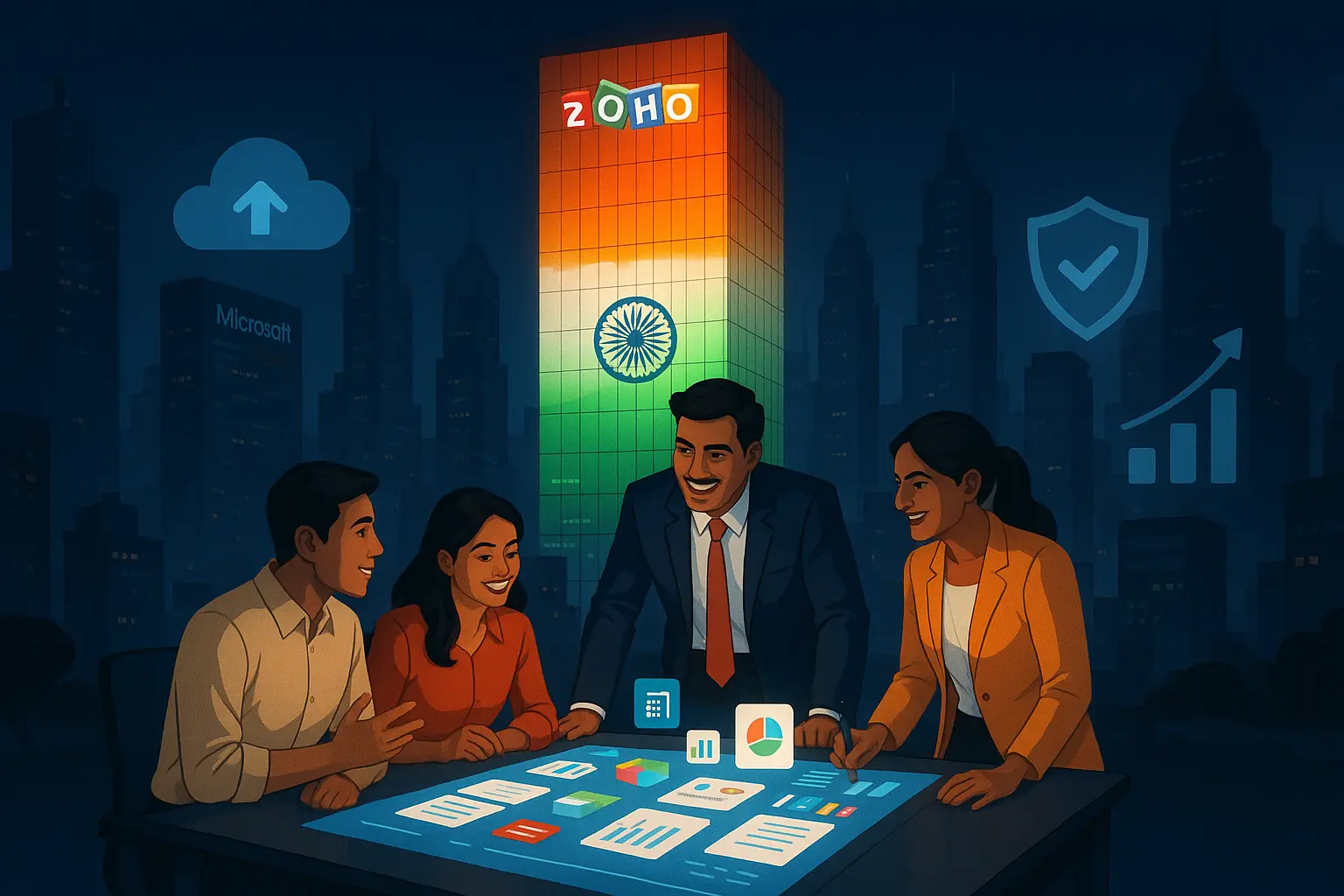
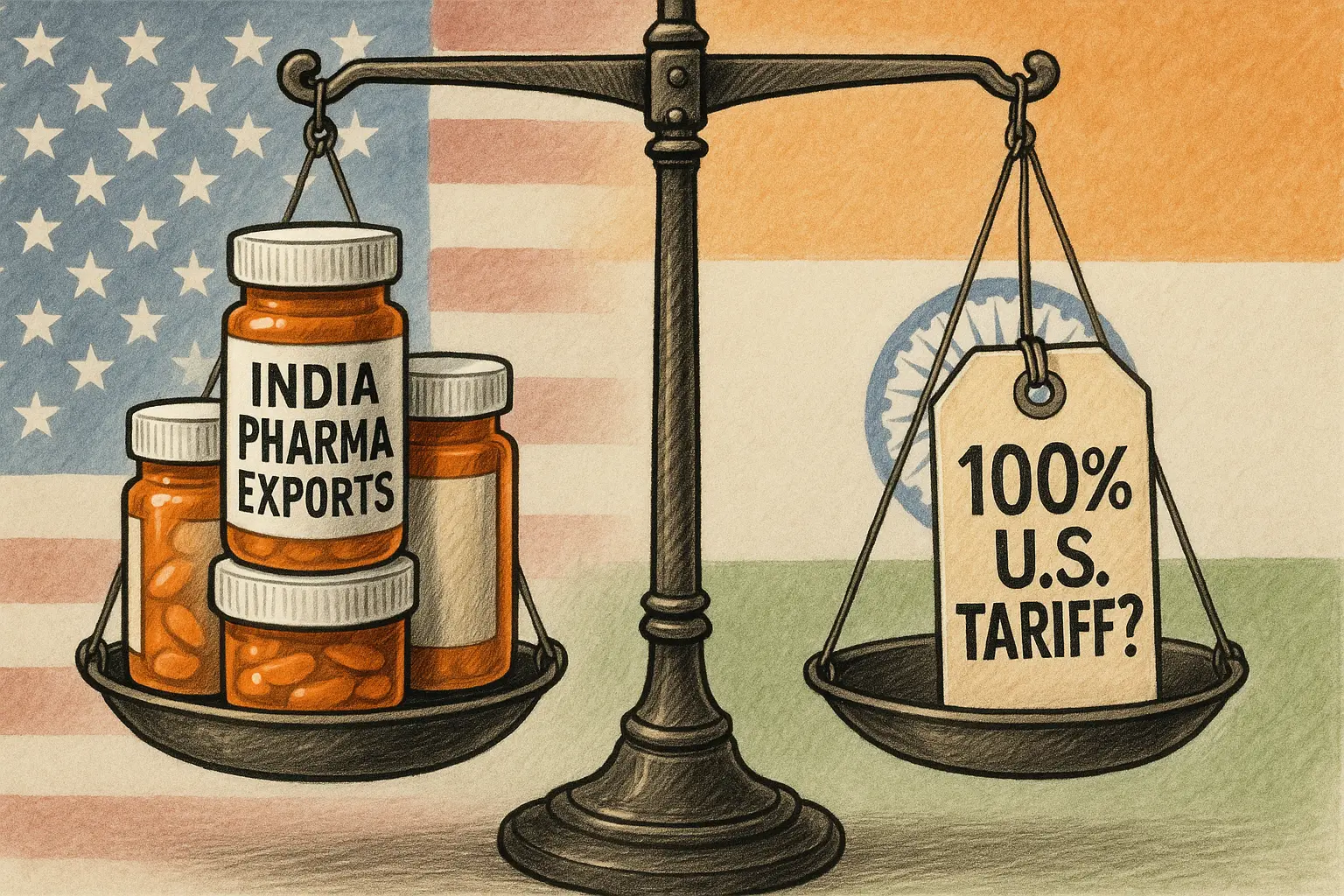


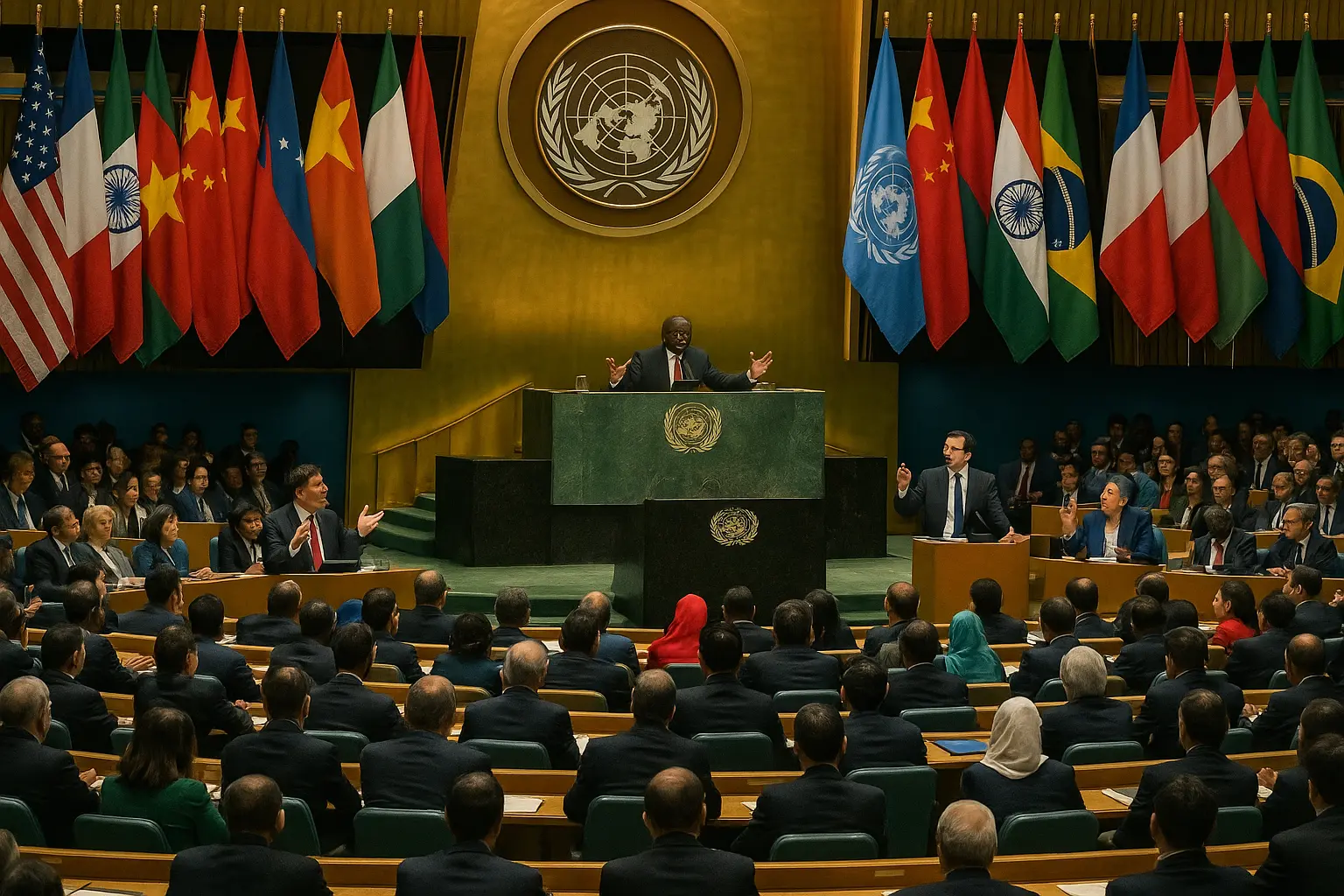
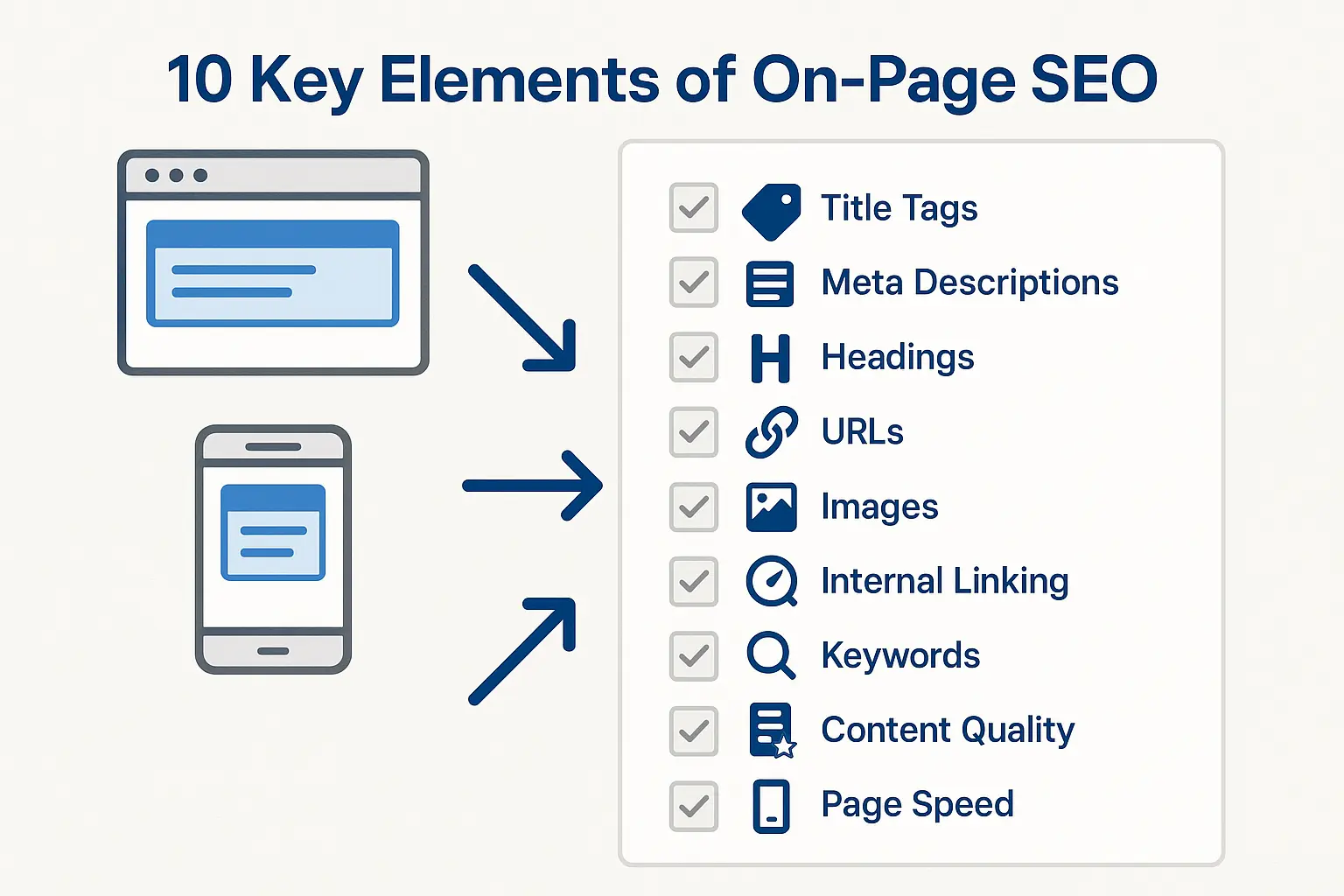
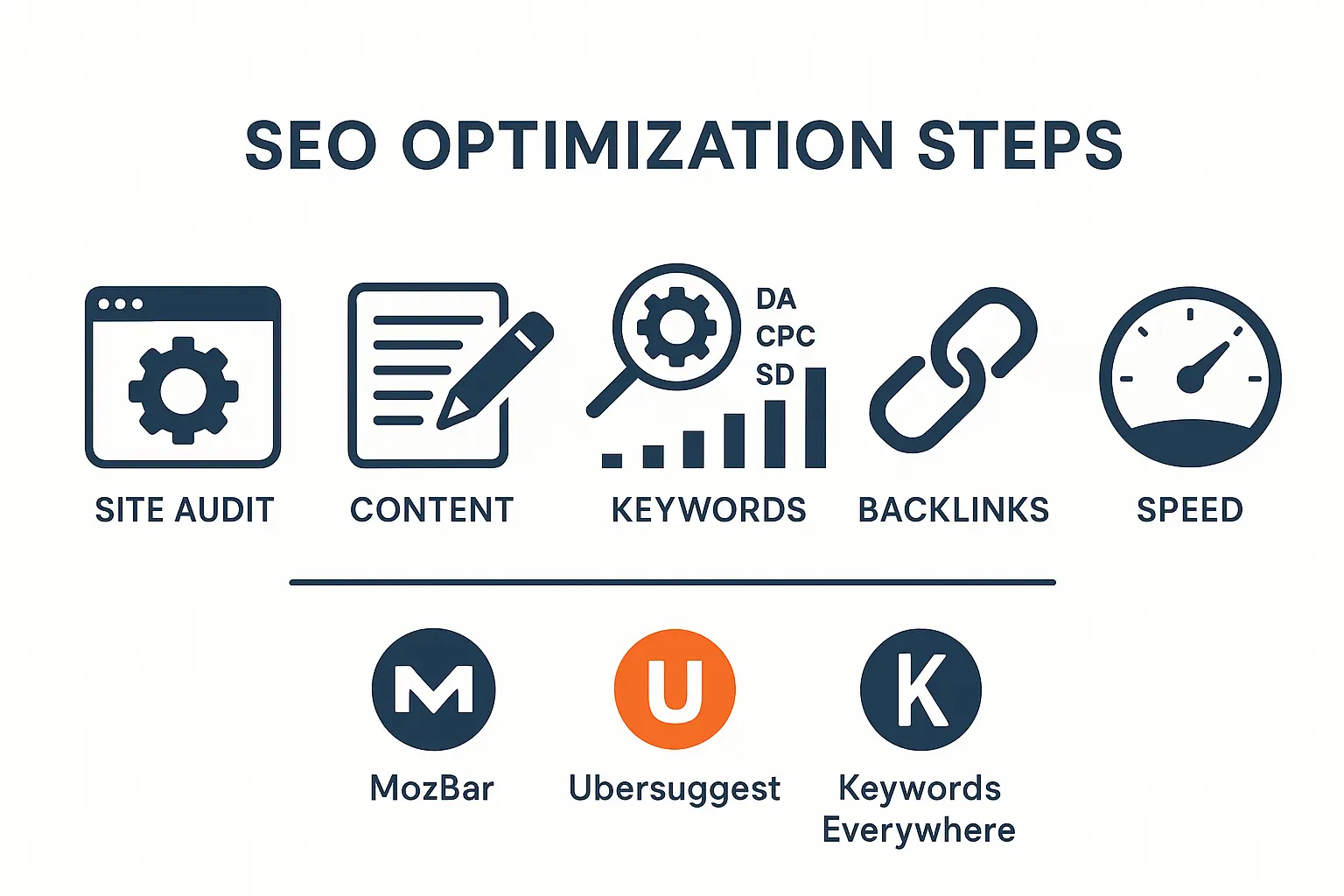
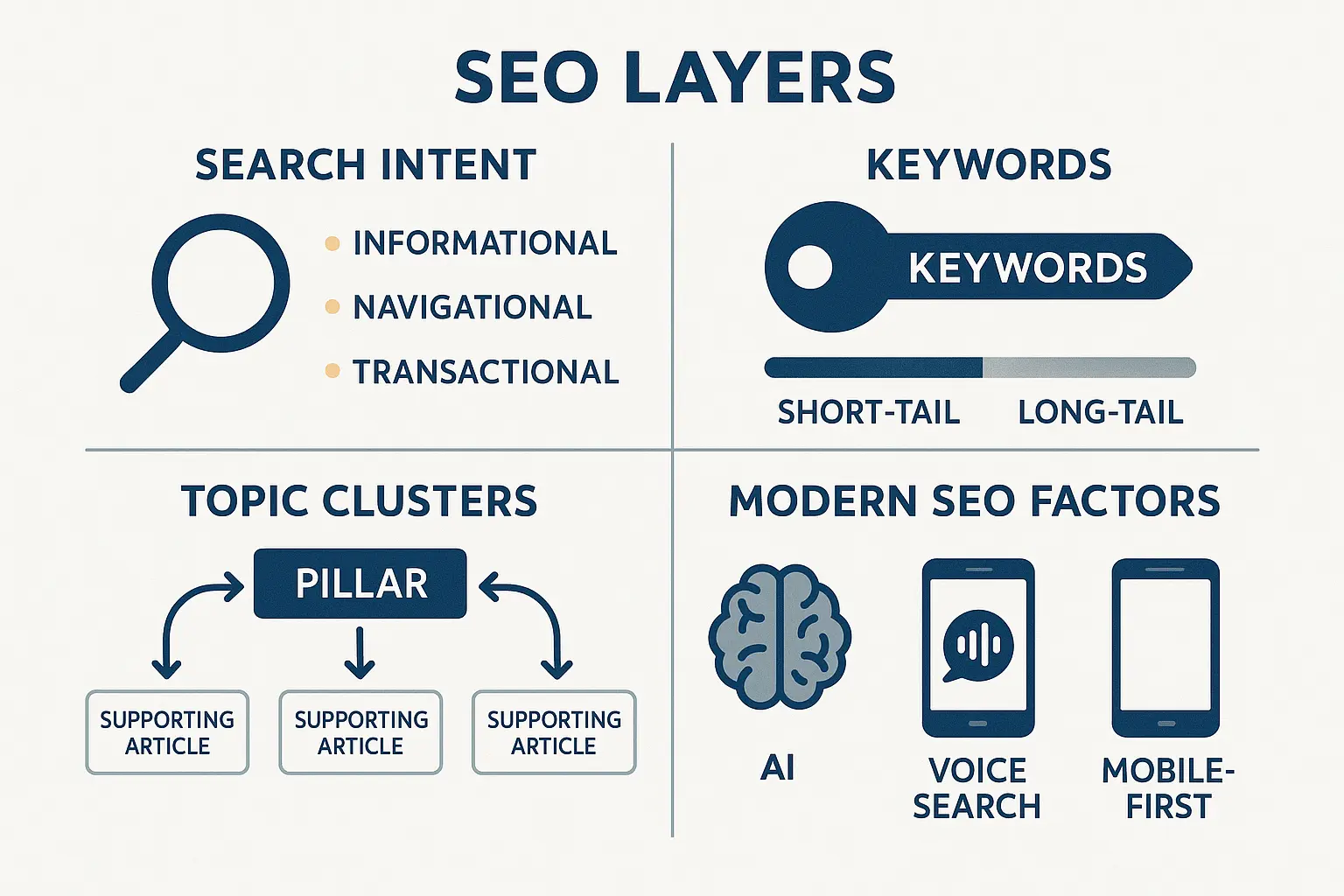
No comments yet. Be the first to comment!